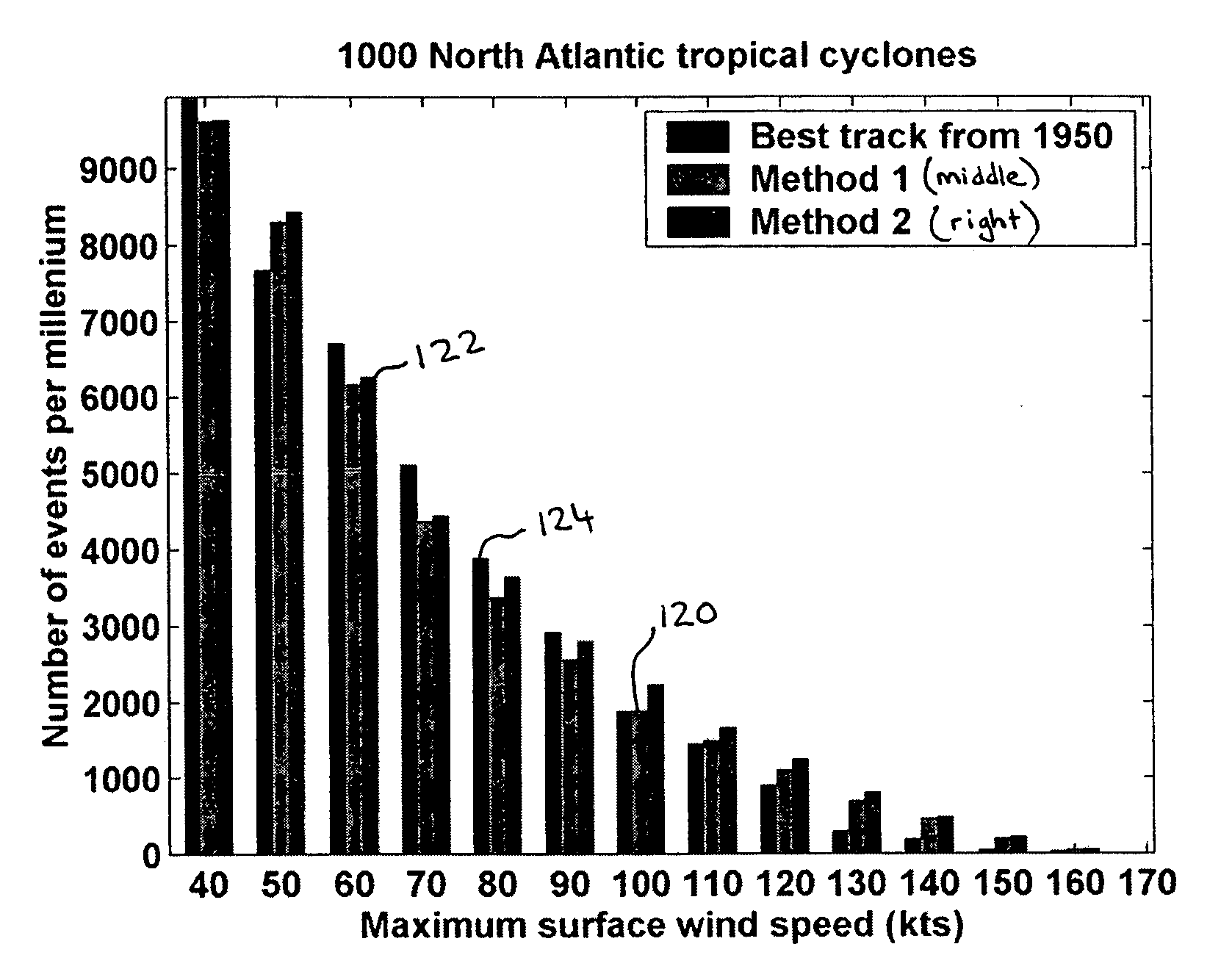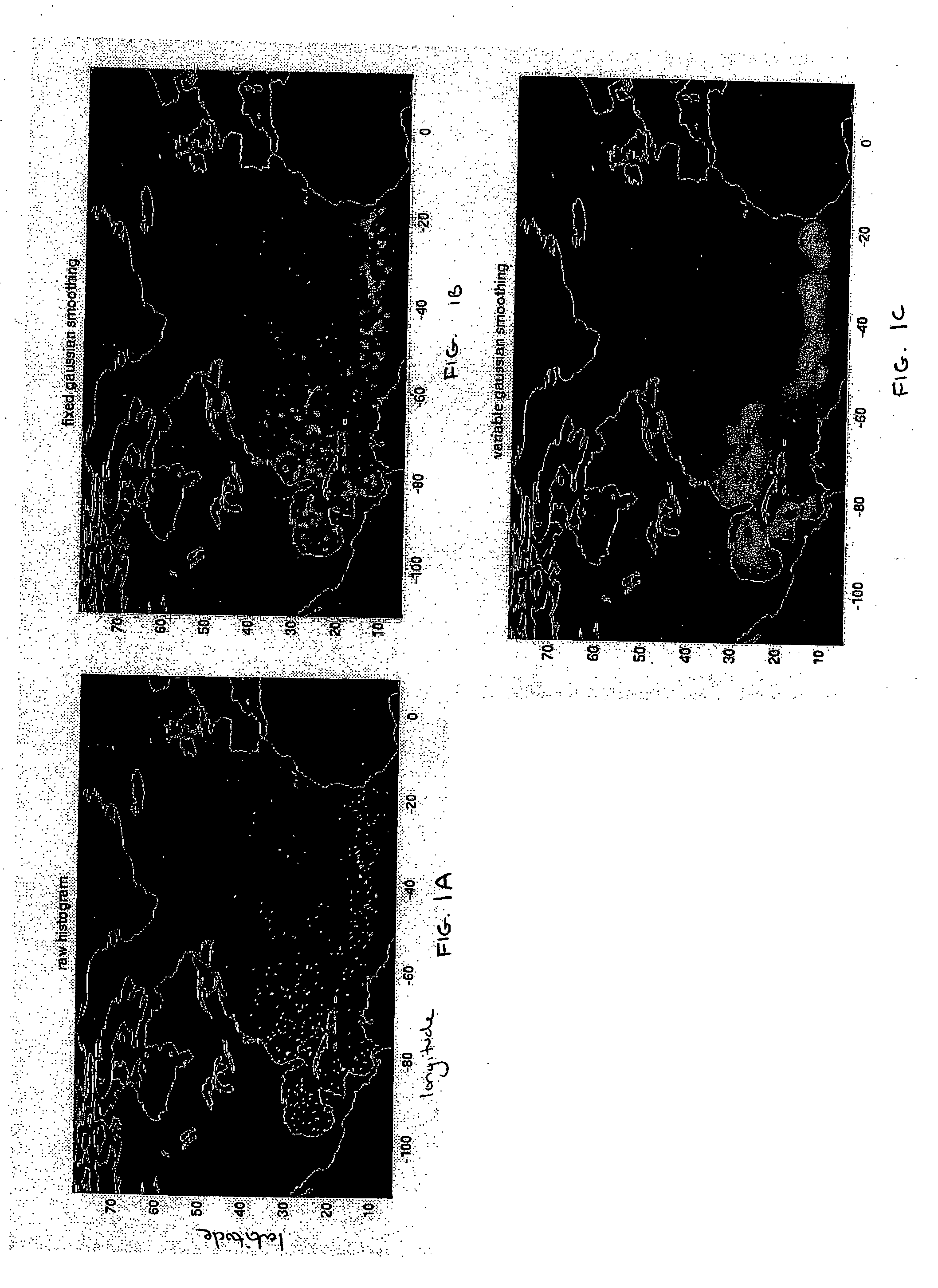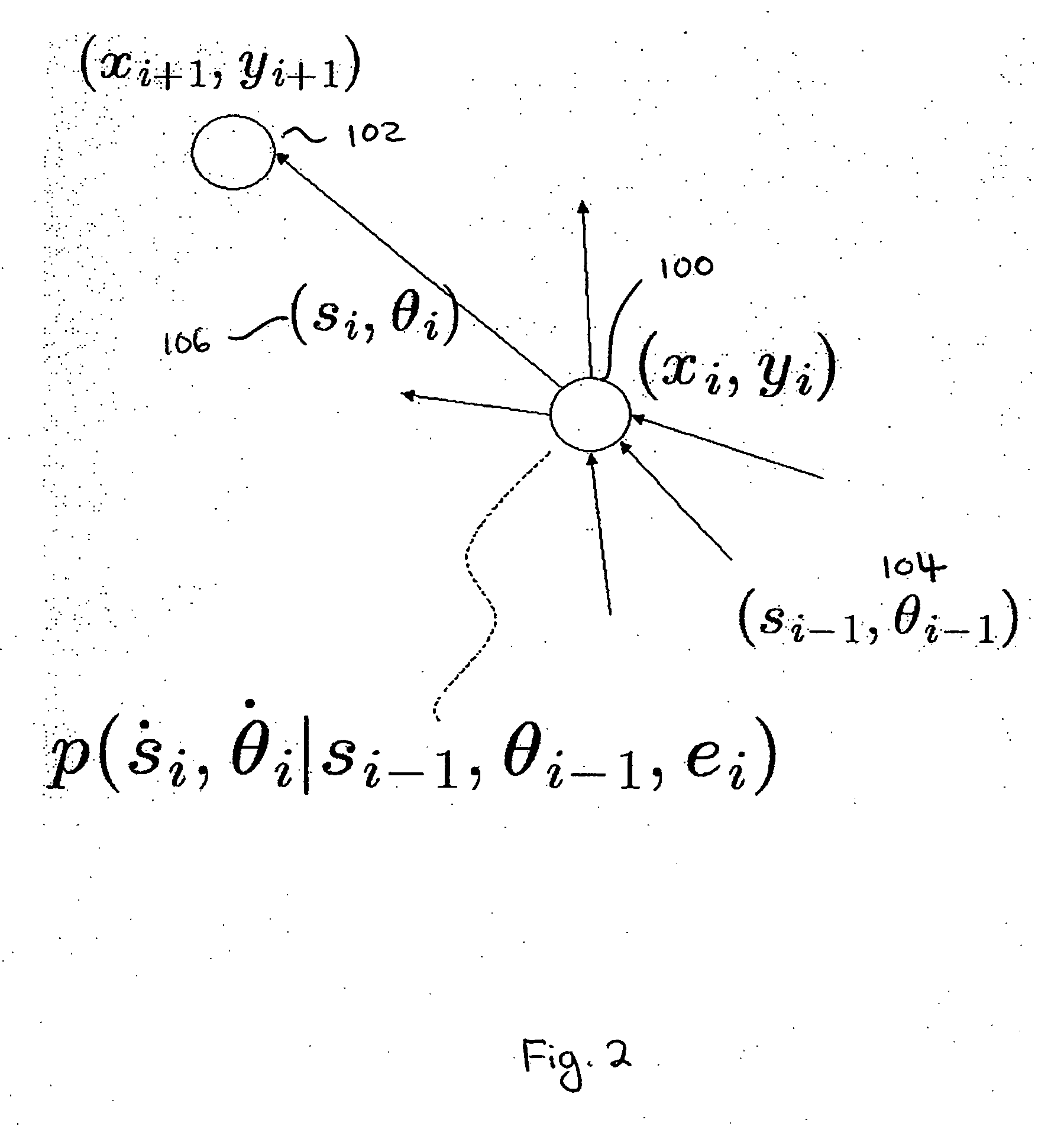Statistical-deterministic approach to natural disaster prediction
a statistical-deterministic approach and natural disaster technology, applied in the field of risk assessment, can solve the problems of difficult accurate estimation or prediction of these events, small supporting data, and the estimation of the frequency of high-intensity events using such conventional techniques is sensitive to errors between reality and the model used
- Summary
- Abstract
- Description
- Claims
- Application Information
AI Technical Summary
Benefits of technology
Problems solved by technology
Method used
Image
Examples
Embodiment Construction
[0045] Various embodiments and aspects of the invention will now be described in detail with reference to the accompanying figures. It is to be appreciated that this invention is not limited in its application to the details of construction and the arrangement of components set forth in the following description or illustrated in the drawings. The invention is capable of other embodiments and of being practiced or of being carried out in various ways, and the invention is not limited to the example presented unless specifically recited in the claims.
[0046] Natural disasters such as tropical cyclones, earthquakes, tornadoes, tsunamis and the like are lethal and costly phenomena, and it is therefore of great importance to assess the long-term risk they pose to society. Accordingly, aspects and embodiments of the present invention may assess the probability that natural disasters will affect a given location by combining an estimate of the probability that an event (e.g., a tropical s...
PUM
 Login to View More
Login to View More Abstract
Description
Claims
Application Information
 Login to View More
Login to View More - R&D
- Intellectual Property
- Life Sciences
- Materials
- Tech Scout
- Unparalleled Data Quality
- Higher Quality Content
- 60% Fewer Hallucinations
Browse by: Latest US Patents, China's latest patents, Technical Efficacy Thesaurus, Application Domain, Technology Topic, Popular Technical Reports.
© 2025 PatSnap. All rights reserved.Legal|Privacy policy|Modern Slavery Act Transparency Statement|Sitemap|About US| Contact US: help@patsnap.com



